What Is The Best Binoculars To Buy ?
The best binoculars to buy depend on your specific needs and preferences. Some popular options include the Nikon Monarch 7, Zeiss Conquest HD, and Vortex Diamondback. It is important to consider factors such as magnification power, objective lens diameter, field of view, and image quality when choosing binoculars. Additionally, consider the intended use of the binoculars, whether it is for birdwatching, stargazing, or other activities. Reading reviews and comparing different models can help you make an informed decision.
1、 "Optical Power and Magnification: Understanding Binocular Specifications"
The best binoculars to buy depend on your specific needs and preferences. However, understanding the optical power and magnification specifications is crucial in making an informed decision.
Optical power refers to the ability of binoculars to gather light and provide a clear image. It is determined by the objective lens diameter. Binoculars with larger objective lenses, such as 42mm or 50mm, offer higher optical power and are ideal for low-light conditions like stargazing or birdwatching at dusk.
Magnification, on the other hand, determines how close the object appears. Common magnification options range from 8x to 12x. Higher magnification provides a more detailed view but can also result in a narrower field of view and shakier image due to hand movements. For general use, 8x or 10x magnification is recommended.
When considering the latest point of view, technological advancements have led to the development of image stabilization binoculars. These binoculars use gyroscopes or electronic sensors to compensate for hand movements, resulting in a steadier image even at higher magnifications.
Other factors to consider when buying binoculars include the field of view, eye relief, and lens coatings. A wider field of view allows you to see more of the scene, while longer eye relief is beneficial for eyeglass wearers. Additionally, lens coatings, such as anti-reflective coatings, enhance image brightness and reduce glare.
Ultimately, the best binoculars to buy are those that meet your specific needs and budget. It is recommended to try out different models and brands to find the one that feels comfortable in your hands and provides a clear and immersive viewing experience.
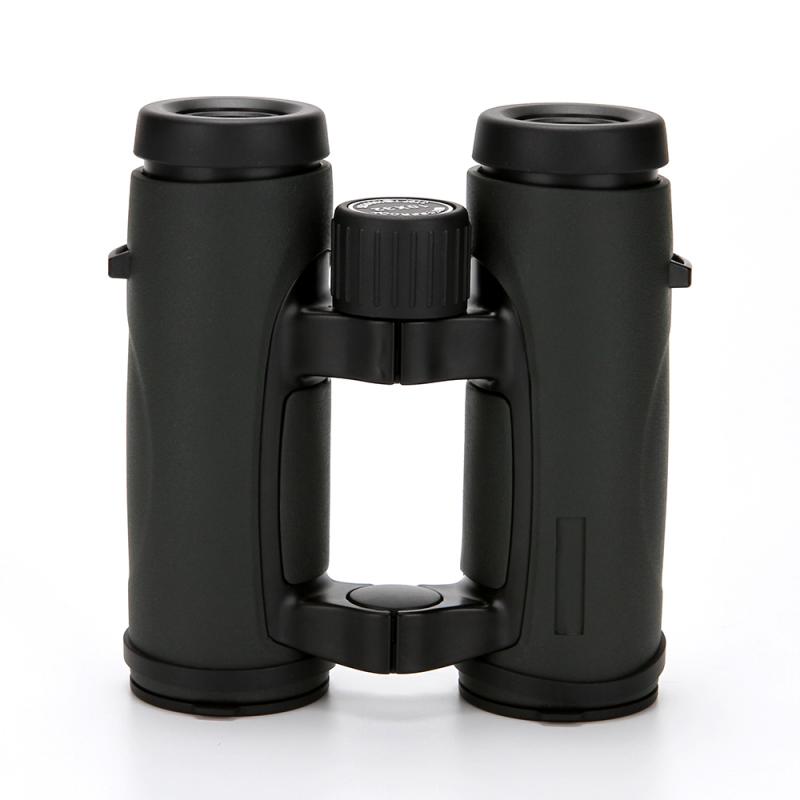
2、 "Lens Coating and Image Quality: Enhancing Binocular Performance"
Lens Coating and Image Quality: Enhancing Binocular Performance
When it comes to choosing the best binoculars to buy, one of the most important factors to consider is lens coating and image quality. Lens coating plays a crucial role in enhancing the performance of binoculars and improving the overall viewing experience.
Lens coating refers to the thin layers of chemicals applied to the glass surfaces of binocular lenses. These coatings serve multiple purposes, including reducing glare, increasing light transmission, and improving image contrast. There are several types of lens coatings available, such as anti-reflective coatings, phase correction coatings, and hydrophobic coatings.
Anti-reflective coatings are designed to minimize the amount of light reflected off the lens surfaces, resulting in brighter and clearer images. These coatings are particularly beneficial in low-light conditions, allowing users to see more details and colors.
Phase correction coatings are commonly found in high-end binoculars and are especially useful for birdwatching and other activities that require precise image clarity. These coatings correct the phase shift that occurs when light passes through the prisms inside the binoculars, resulting in sharper and more accurate images.
Hydrophobic coatings are becoming increasingly popular, as they repel water and prevent fogging on the lens surfaces. This is particularly useful in humid or wet environments, ensuring that the binoculars remain functional and provide clear views even in adverse weather conditions.
In terms of image quality, the lens coating plays a significant role in determining the sharpness, contrast, and color accuracy of the images. High-quality coatings can greatly enhance these aspects, resulting in a more immersive and enjoyable viewing experience.
It is worth noting that the latest advancements in lens coating technology have led to significant improvements in image quality. Manufacturers are constantly developing new coatings and refining existing ones to provide users with the best possible viewing experience.
In conclusion, when considering which binoculars to buy, it is essential to prioritize lens coating and image quality. Look for binoculars with high-quality coatings that reduce glare, increase light transmission, and improve image contrast. Stay updated with the latest advancements in lens coating technology to ensure you are investing in binoculars that offer the best possible performance.
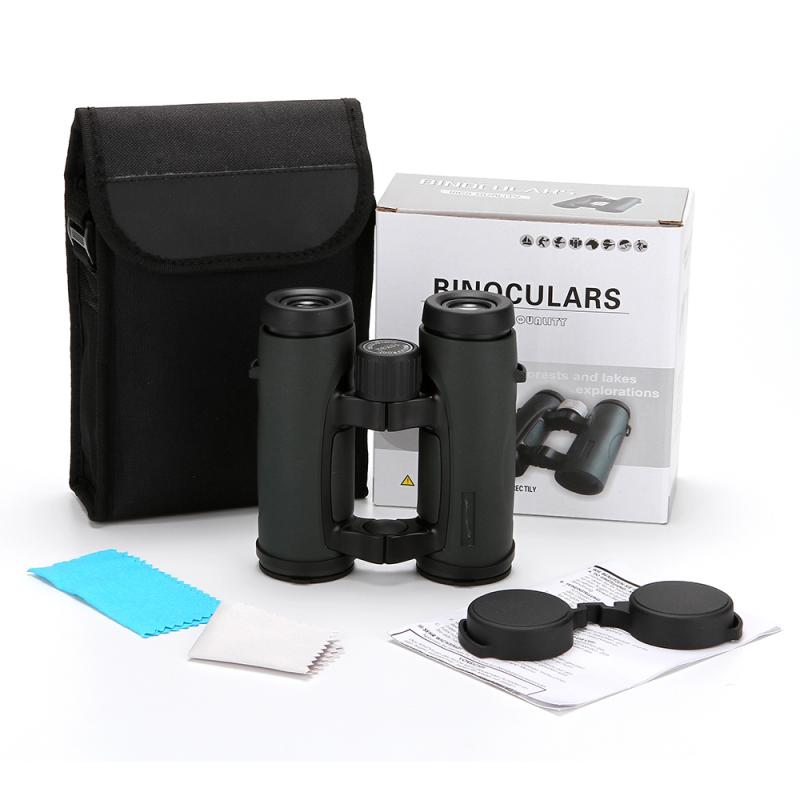
3、 "Field of View: Choosing Binoculars with Wide Viewing Angles"
Field of View: Choosing Binoculars with Wide Viewing Angles
When it comes to choosing the best binoculars to buy, one important factor to consider is the field of view (FOV). The field of view refers to the width of the area that can be seen through the binoculars at a specific distance. A wider field of view allows you to see more of the surrounding area, making it easier to spot and track objects such as birds, wildlife, or sporting events.
Binoculars with a wide field of view are particularly beneficial for activities such as birdwatching, wildlife observation, and sports viewing, where the ability to quickly scan and locate objects is crucial. A wider field of view provides a more immersive experience, allowing you to feel more connected to your surroundings.
When it comes to choosing binoculars with a wide field of view, there are a few factors to consider. Firstly, the magnification power of the binoculars affects the field of view. Generally, lower magnification binoculars offer wider fields of view. However, it's important to strike a balance between magnification and field of view, as higher magnification can provide more detail but may sacrifice the width of the field.
Additionally, the design and quality of the optics play a significant role in determining the field of view. High-quality lenses and prisms can provide a wider, clearer, and more immersive view. Therefore, it is recommended to choose binoculars from reputable brands known for their optical quality.
Lastly, advancements in technology have led to the development of binoculars with wider fields of view. Manufacturers are constantly improving their designs to offer wider viewing angles. Therefore, it is advisable to consider the latest models available in the market, as they may incorporate new features and advancements that enhance the field of view.
In conclusion, when looking for the best binoculars to buy, considering the field of view is crucial. Opting for binoculars with a wide field of view can greatly enhance your viewing experience, allowing you to see more of the surrounding area. Factors such as magnification, optical quality, and the latest advancements should be taken into account when making a purchase decision.
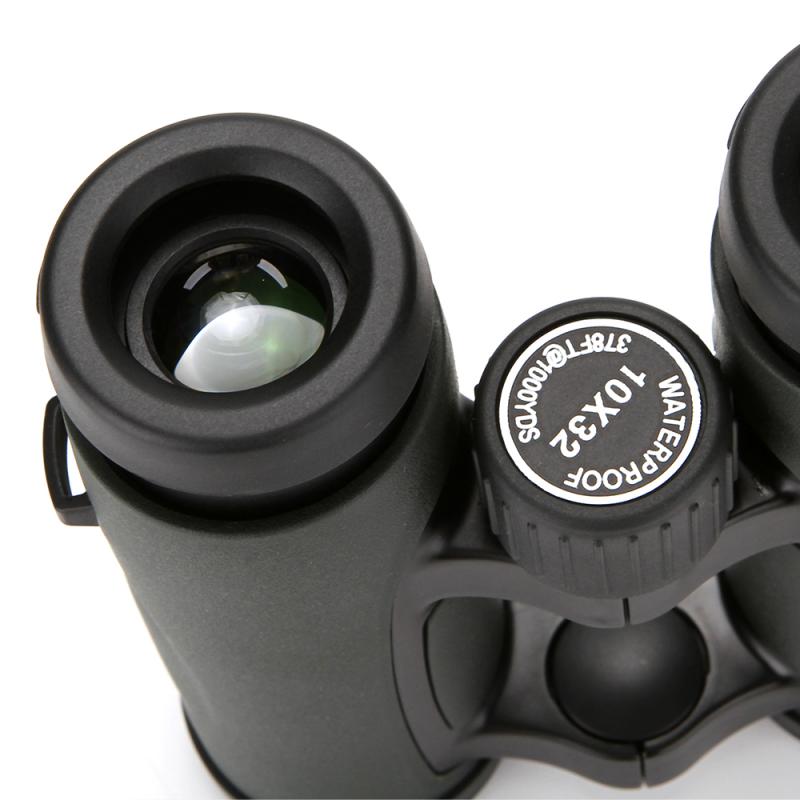
4、 "Prism Type: Comparing Porro Prism and Roof Prism Binoculars"
When it comes to choosing the best binoculars to buy, one important factor to consider is the prism type. Binoculars typically come in two prism types: Porro prism and roof prism. Each type has its own advantages and disadvantages, and the choice ultimately depends on personal preferences and specific needs.
Porro prism binoculars have been around for a long time and are known for providing a wider field of view and better depth perception. They generally offer better image quality and are often more affordable compared to roof prism binoculars of similar quality. However, Porro prism binoculars tend to be bulkier and heavier, making them less portable and suitable for activities like hiking or birdwatching.
On the other hand, roof prism binoculars are more compact, lightweight, and easier to handle. They are often preferred for outdoor activities where portability is crucial. Roof prism binoculars also tend to be more durable and waterproof, making them suitable for rugged environments. However, they usually come at a higher price point compared to Porro prism binoculars of similar quality.
In recent years, advancements in technology have narrowed the gap between the two prism types. Manufacturers have been able to produce high-quality roof prism binoculars that rival the image quality and field of view of Porro prism binoculars. Additionally, some roof prism binoculars now feature phase-corrected coatings, which further enhance image clarity and brightness.
Ultimately, the best binoculars to buy depend on individual preferences, budget, and specific needs. It is recommended to try out different models and prism types before making a decision. Consider factors such as intended use, comfort, and image quality to find the binoculars that best suit your requirements.
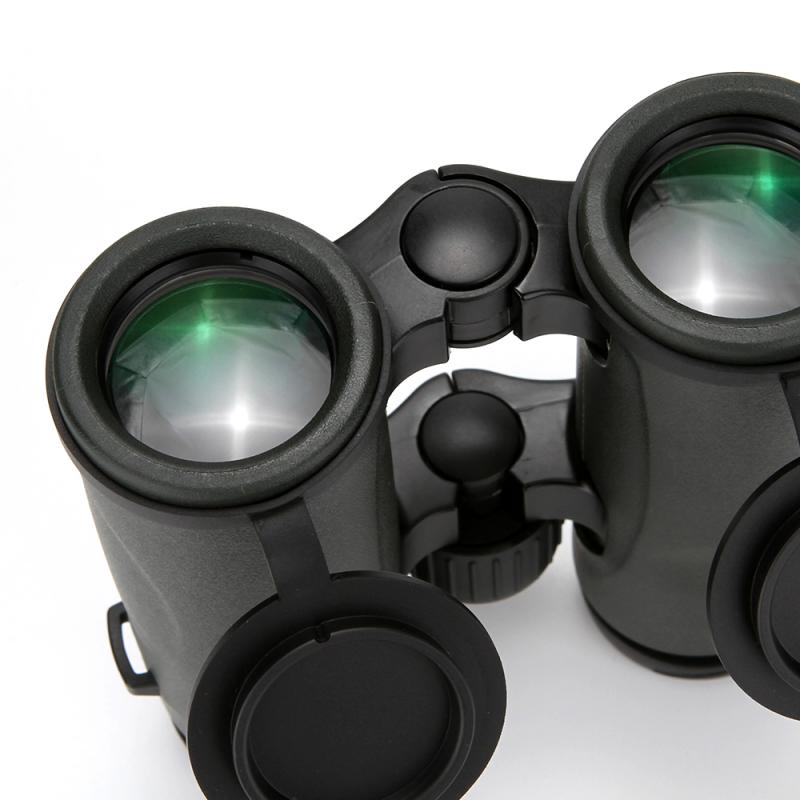





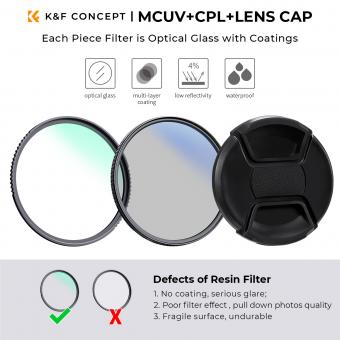

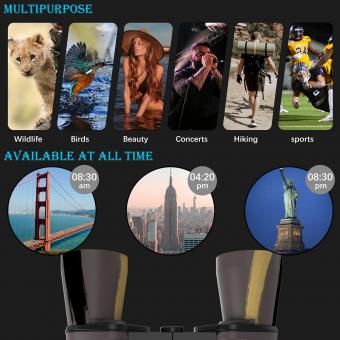
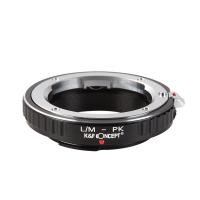


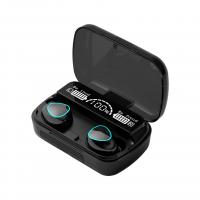

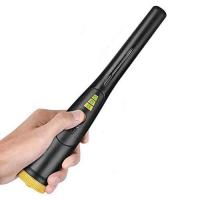
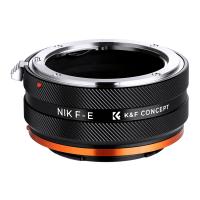

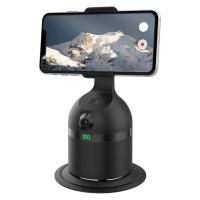

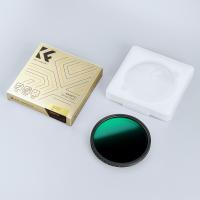

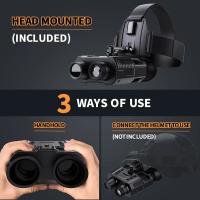
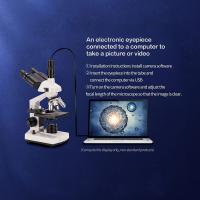
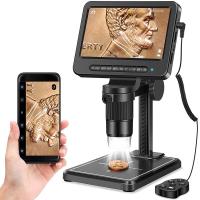



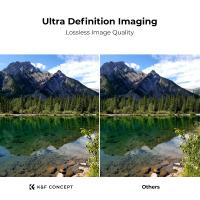
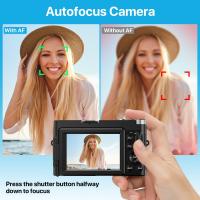
There are no comments for this blog.